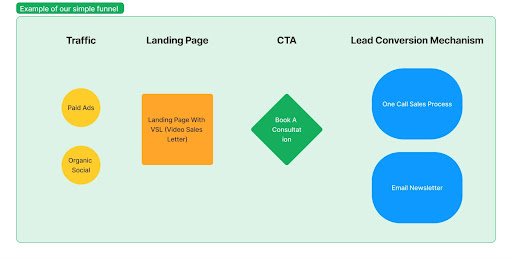How We Hit £300k in Sales Without A Real Website [Build In Public Update 5]
This is a snapshot from our CRM:
We’ve generated £290,576 in sales since launching beetu.be in February.
Some notes:
This does not consider performance fees
We have not been actively marketing since August. We’re in delivery mode right now!
We have been able to do this without a “real” website and I want to show you how.
You see, the typical B2B website looks something like this:
Multiple traffic sources, multiple landing pages, multiple CTAs (lead capture mechanisms), and multiple lead conversion mechanisms.
It looks great and is very impressive, but is not effective when it comes to conversions and turning traffic into leads.
There are so many pathways that each prospective customer can take that it’s almost impossible to track performance.
And things that are hard to track, are hard to improve.
Let’s say a customer downloads one of your lead magnets. You have no way of knowing where that person came from - was it social media? SEO? Google ads?
You also have no idea which content they consumed that made them want to download the lead magnet.
What is worse is that with so many different CTAs, it’s quite likely your lead conversion mechanism (think: nurture and sales process) is messy and overly complicated.
So... what is the answer?
A simple funnel.
Here is what ours looks like:
We have two primary traffic sources: paid ads (LinkedIn) and organic social (also LinkedIn).
We have one landing page. It’s a basic page with a video sales letter. You can view it here.
We have one CTA/lead capture mechanism which involves a Calendly scheduler, and a one-call sales process.
If a prospect does not attend the call or the timing is not right (for us or them), they’ll be added to our email newsletter.
That’s it. And it works.
The best part is that it’s so much easier to diagnose issues and improve performance. Each step of the funnel has one job to do:
The only job of the traffic sources is to drive people to the landing page.
The landing page is designed to convert a cold prospect into a warm lead and follow a CTA.
And the lead conversion mechanism needs to convert the lead into a customer.
So, for example, if we know that our traffic source - let’s say ads, for instance - has a good CTR (click-through rate) and is driving a consistent flow of traffic to the landing page but we are not seeing any leads being generated, we know that we need to work on our landing page and lead capture processes.
Or, if the leads are being generated but we’re not converting them to customers at a high enough rate, we know that we (probably) need to work on our lead conversion process.
We continually optimise each step of the funnel until it performs better and better. Once it is proven to convert our only job is sending as much traffic as humanly possible into the top end of the funnel.
Make sense?
Give it a try and let me know how you get on!
Important note: I’m not saying don’t have a website, but only that your website should act as a shop window/traffic source to your funnel.
P.S. If you would like to watch the video version of this article, you can check it out here.
- David



